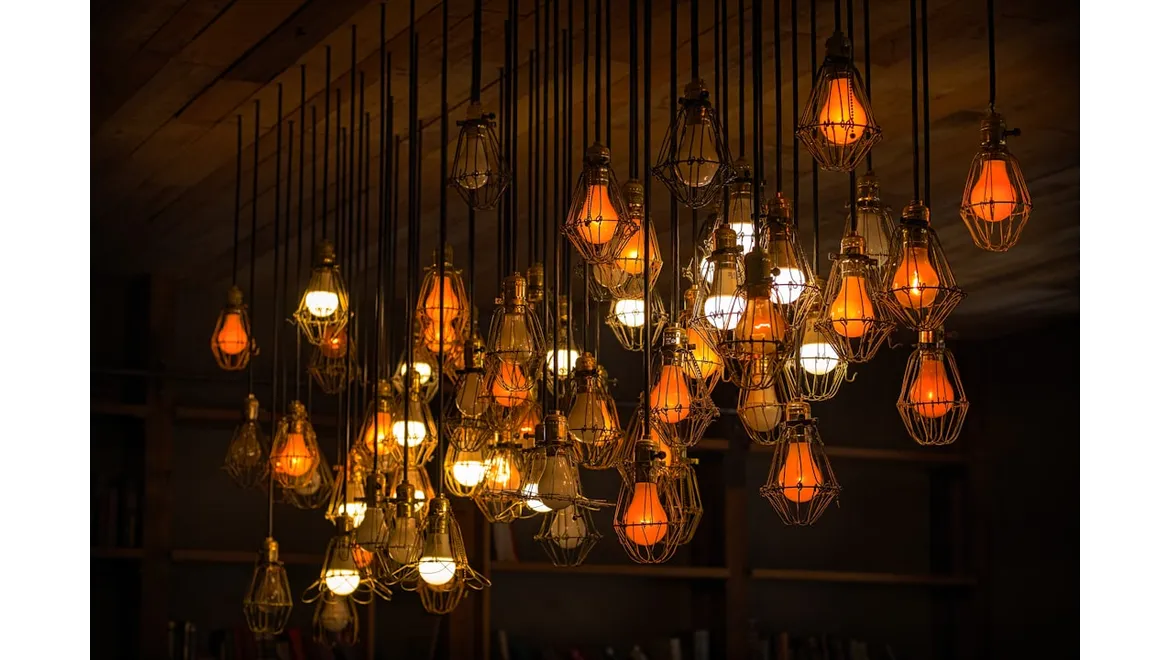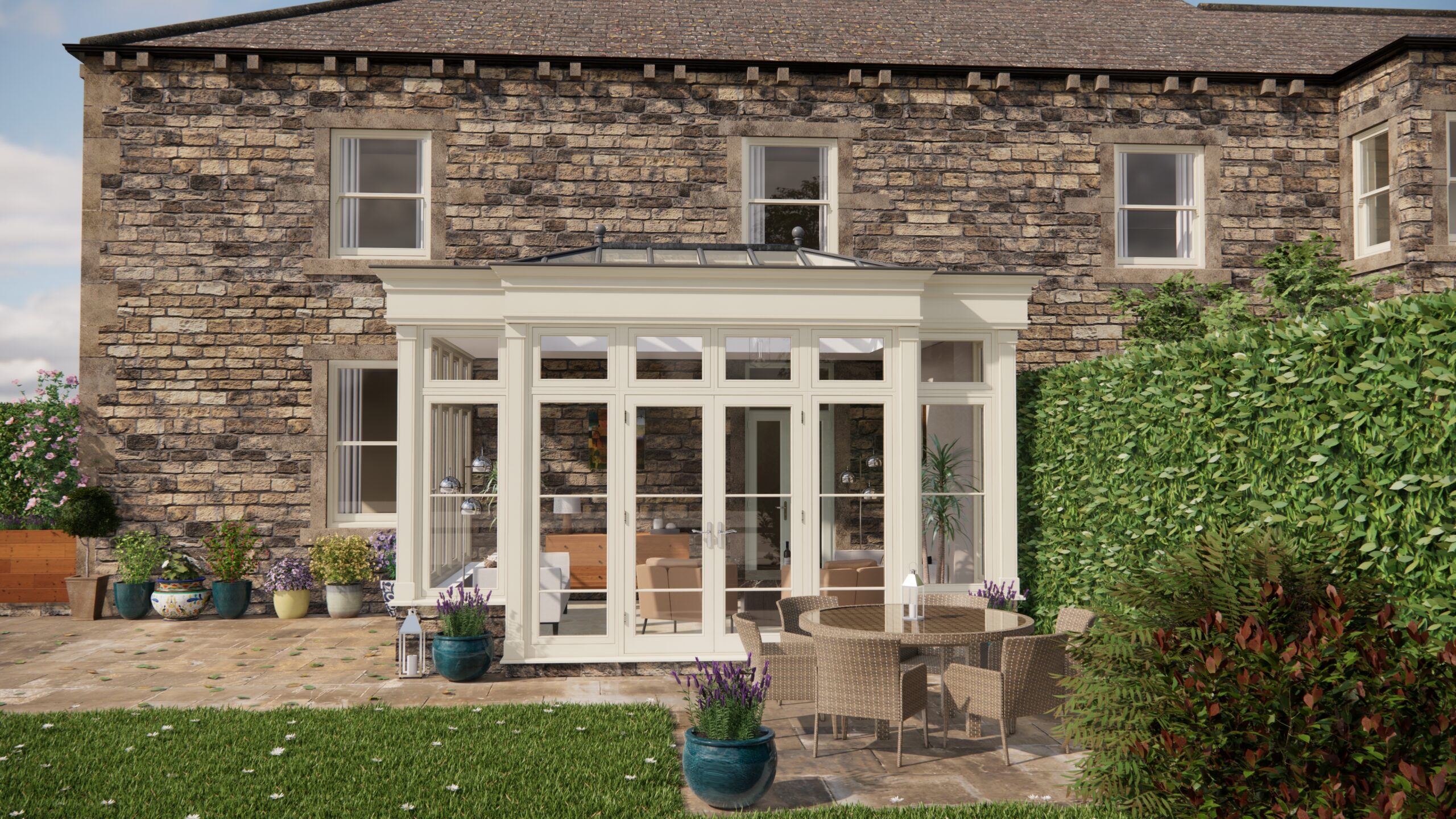Right, let’s talk lighting. I was just chatting with Ethan the other day about exactly this – how to make sure the lighting in your new orangery or outbuilding sings in harmony with your existing house, rather than screaming for attention (in a bad way!). It’s all about creating a seamless, cohesive feel. Think less ‘add-on’, more ‘organic extension’.
The Architectural Harmony Bit
Ethan’s point was spot on: before you even think about lumens or LEDs, you need to really understand the architectural style of your main house. Is it a Georgian manor, a Victorian terrace, or a sleek modern build? The lighting in your outbuilding needs to reflect and complement this. For instance, if your main house boasts elegant, traditional lanterns, consider similar styles for your orangery – maybe scaled-down versions or interpretations. Conversely, a contemporary home might call for minimalist spotlights or recessed lighting in the extension. It’s all about visual echoes, not carbon copies. Consider colour temperature; for example, a older building may have warmer lights in it’s main structure and it would seem jarring if it didn’t follow on with the new building. The same works in reverse of course. Look at the finishes on the fittings too – chrome, brushed nickel, painted, brass etc.
Colour Temperature: Setting the Mood
This is crucial! Colour temperature is measured in Kelvin (K), and it dictates the ‘warmth’ or ‘coolness’ of your light. Warm lighting (around 2700K-3000K) creates a cosy, inviting atmosphere, perfect for relaxing spaces. Cool lighting (4000K-5000K) is brighter and more stimulating, ideal for work areas or kitchens. In your orangery, think about its primary function. Is it a relaxation zone, a dining area, or a home office? Match the colour temperature to the intended use. More importantly, match the colour temperature to the existing lights. You don’t want a jarring contrast between the main house and the outbuilding. To do this, it is as simple as just using the same type of bulb and supplier in both buildings.
Fixture Finishes: The Devil’s in the Detail
Ethan emphasized the importance of fixture finishes. The metal, glass, or fabric of your light fixtures should complement the overall aesthetic of both buildings. If your main house has brass accents, incorporate brass or brass-toned fixtures in the orangery. Chrome finishes work well in modern settings. Avoid clashing metals – consistency is key. Also, think about the size and scale of the fixtures. A huge, ornate chandelier might look out of place in a small, modern orangery. Similarly, tiny spotlights might get lost in a grand, high-ceilinged space.
Lighting Layers: A Multi-Dimensional Approach
Don’t rely on a single overhead light. Ethan advocates for layering your lighting. This means combining ambient (general), task (focused), and accent (decorative) lighting to create a balanced and functional space. Ambient lighting provides overall illumination, task lighting helps with specific activities (reading, cooking), and accent lighting highlights architectural features or artwork. Dimmers are your best friend here! They allow you to adjust the intensity of the light to suit different moods and activities. For example, you could use downlights and track lights as an ambient light source with some well placed wall or table lamps as accent lighting.
Natural Light Optimisation:
Remember, orangeries are all about bringing the outdoors in. Maximise natural light during the day by carefully considering the placement of windows and skylights. Consider the path of the sun throughout the day and year. Think about adding reflective surfaces to the room like mirrors to help bounce sunlight around. Then consider your lighting design to supplement the natural light, especially during the evening and winter months.
A Note on Planning and Regulations
Always check UK planning requirements and building regulations before undertaking any lighting work, especially if you’re dealing with a listed building. Certain fixtures might not be permitted, or you might need to obtain consent before making changes. A qualified electrician can advise you on compliance and ensure the safety of your installation.
So, to pull it all together, great lighting in an orangery is all about considering the architectural feel of your existing house and thinking how the new space will connect to it. Choose colour temperatures and finishes on fittings that are congruent with the existing colours and materials in the main house and then layer the lighting to create a functional space. Finally, be considerate about the positioning of the building so as to allow natural light in while remembering UK planning laws and buildings regulations when designing your lighting system.


